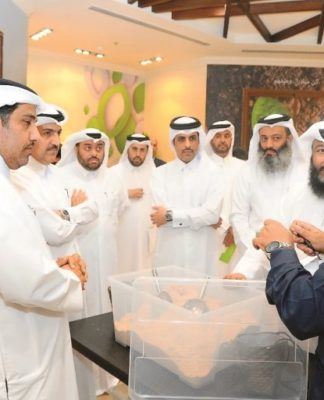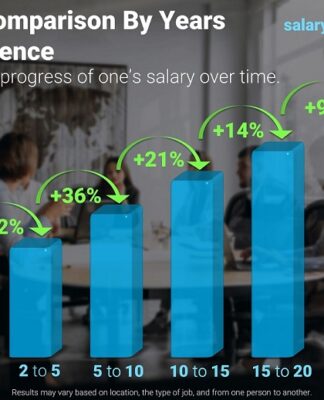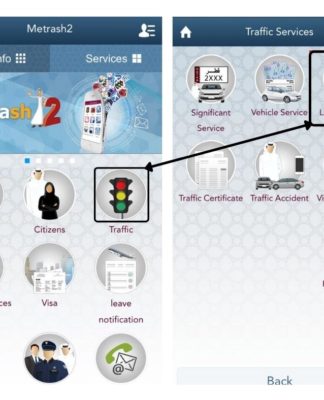World Wide Web Inventor says algorithms should be blamed for toxicity on social media
4 November 2022; Sir Tim Berners-Lee, Co-founder & CTO, Inrupt, on Centre stage during day three of Web Summit 2022 at the Altice Arena in Lisbon, Portugal. Photo
Copyright Sam Barnes / Web Summit / Sportsfile/�SPORTSFILE
By Pascale Davies
Published on 21/11/2024 – 7:30 GMT+1•Updated 10:07
Share this article
Comments
“It is really important that we realise this toxicity comes from the [social media] algorithms and you can change that,” the inventor of the World Wide Web told Euronews Next.
Toxicity on social media platforms can be prevented if companies change their algorithms with a simple coding tweak, said Sir Tim Berners-Lee, the inventor of the World Wide Web, in an interview with Euronews Next.
“Should you blame the person who wrote [the message]? Well, maybe, but they’re actually a small part of the ecosystem”.
“Maybe you should blame the fact that the algorithm showed that tweet to 2 million people. So the reason why you saw it isn’t that the world is toxic, it’s because that will get you to click, that will get you to raise your eyebrows,” he said on the sidelines of the Web Summit technology conference in Lisbon.
For companies, shocking social media posts do not just raise eyebrows but also increase their capital, he added.
Research released earlier this month found that Elon Musk appeared to have artificially boosted his posts on his social media platform X to promote pro-Donald Trump content.
Meanwhile, research published in February by University College London and the University of Kent, found that algorithms used by social media platforms amplify extreme misogynistic content, which is then transferred into schools and in youth culture.
Related
Musk’s X sees ‘record usage’ during US election yet study claims he boosted the algorithm
“It is really important that we realise this toxicity comes from the algorithms and you can change that,” said Berners-Lee.
“There’s some coder who can just sit there and tweak the way the AI is trained so that it can be more healthy, constructive, creative and helpful”.
The Web 35 years on
The World Wide Web is in its 35th year after Berners-Lee wrote a proposal to develop a distributed single information system to meet the demand for automated information-sharing between scientists in universities and institutes around the world.
Asked if the web turned out how he expected, he said: “A lot of it is as I imagined”.
“Although I think the point was whether it was going to be a general platform to add to other people’s creativity. So the many wacky things people do, I couldn’t have thought them out,” he added.
“The testament of a good platform is that its people use it to do things that they’ve created which the actual creator of the platform could never match”.
He added that there are “a lot of wonderful things” that the WWW has helped to create, especially when it comes to education and that there are two sides to the debate as to whether children should be allowed to have phones in schools.
Related
Trump 2.0: From Musk to Big Tech, how the US election result could reshape the tech industry
He agrees that if children can use their phones to access information or access open source platforms such as GitHub, it is a good thing.
The reason why parents are worried about children having phones is that they will be doomscrolling through Facebook, Instagram, TikTok, or Snapchat, Berners-Lee said.
“If an algorithm for social media actually polarises people, if you can show mathematically that it polarises people and there’s a lot of people coming out around that, then you can regulate it,” he said.
“We have to find ways of giving your kids a phone which will answer all the good stuff but block all the things that polarise society,” he said.
Berners-Lee’s new mission
This year, Berners-Lee closed the World Wide Web Foundation, which ran for 15 years with the aim of making the Web more accessible and affordable.
He and the foundation’s co-founder Rosemary Leith said that the organisation’s mission has been somewhat accomplished, with 70 per cent of people now connected to the online world compared to 20 per cent when they started it.
He is focused on a new battle: data protection.
In an online letter this year, he said the WWW was created to be “a tool to empower humanity,” but that in the past decade “instead of embodying these values, the web has instead played a part in eroding them”.
Related
What is open source AI? New definition shows Meta’s version isn’t what it claims to be
“The consequences are increasingly far-reaching. From the centralisation of platforms to the AI revolution, the web serves as the foundational layer of our online ecosystem – an ecosystem that is now reshaping the geopolitical landscape, driving economic shifts, and influencing the lives of people around the world,” he added in the statement.
His solution to the dysfunctions of the web is a third layer of protocols, giving a person the ability to log into something with their own personal ID. He launched the Solid Project in 2016, and later a new company called Inrupt to help Solid take off.
Solid can be accessed from your browser. Instead of an app, he calls it a “Pod,” where you can store your private data and access it very easily.
In simpler terms, it can be thought of as your key or a digital ID that is kept secure.
“We can return the value that has been lost and restore control over personal data,” said Berners-Lee.
“With Solid, individuals decide how their data is managed, used, and shared,” he added.
The technology has already begun to take root and is now used in Flanders.
“My big push has always been for the enabling of human beings, of people,” Berners-Lee said, adding that “technology should work for you”.


























